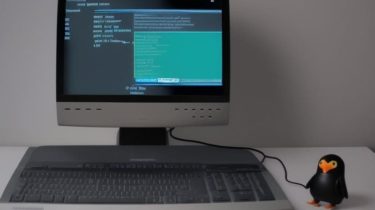Writing an Essay with ChatGPT
ChatGPT is a language model that you can use by talking to it. A language model in such a scale can naturally produce fluent text that is difficult to tell apart from work by humans. If you want to use it for a task, you will likely still need to provide detailed instructions. Moreover, you should also not expect it to replace humans entirely. You would likely need to do the final polishing. In the following, you will use ChatGPT […]
Read more








